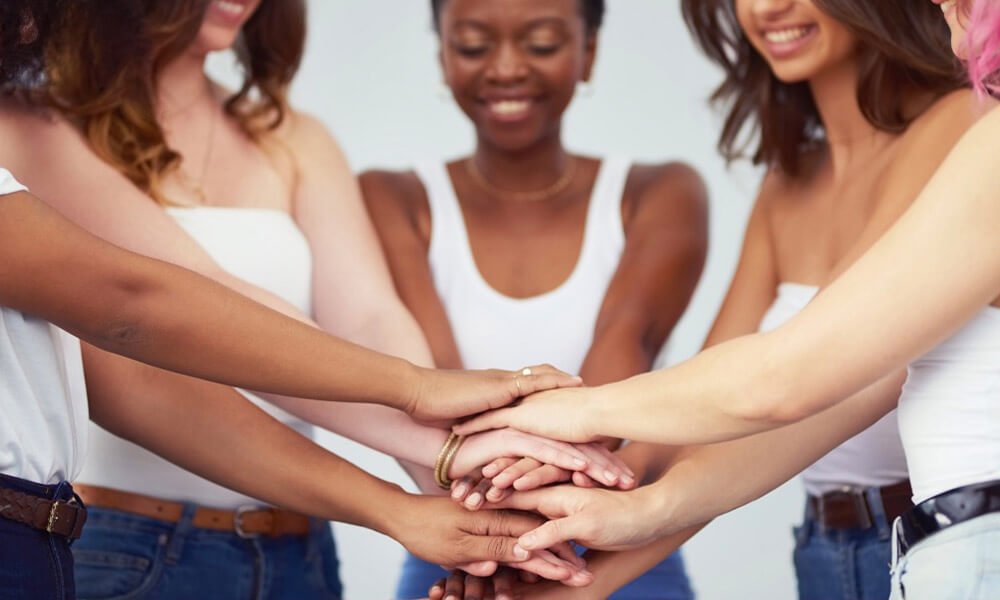
Bystander vs Upstander Culture: How We Can Empower Girls to Stand Up for Each Other
Almost everyone, adult or child, knows what it’s like to witness bullying. It’s a horrible feeling, often accompanied by emotions like helplessness, frustration, and fear. These feelings stick with us long after we’ve grown up.
Despite these awful feelings and terrible memories, most of us still don’t know what we’d do differently if we were put back into that schoolyard situation again. To help our girls feel more confident and courageous than we felt in those moments, we must empower them to learn how to be an upstander, instead of a bystander.
Today, let’s talk about the difference between these two approaches to conflict, and how we can empower and encourage our girls to have the confidence they need to make a difference when it comes to bullying.
Defining Bystander vs Upstander
Being a bystander is one of the easiest ways to handle conflict. The individual witnessing the conflict simply doesn’t get involved. In the past, many of us were told that this was the preferable way to handle bullying. It helps avoid furthering the conflict and minimizes risk.
However, there is a better approach. In recent years, the phrase ‘upstander’ has been used to refer to an individual who puts themself at risk by coming to the victim’s aid. Although the word ‘upstander’ wasn’t added to the Oxford English Dictionary until 2016, we’ve seen these individuals throughout history for centuries. In the past, we’ve called them guardian angels, good Samaritans, or simply leaders.
Empowering Our Girls to Be Upstanders
Being an upstander is easier when our girls have a strong sense of self-worth and self-esteem. When a girl doesn’t feel confident in herself, it’s difficult for her to step out of her comfort zone and into an active bullying situation. Empowering our daughters and students to be upstanders starts by investing them with a strong sense of their own self-worth.
From there, we can work on skills and techniques that will help them move from bystander to upstander. Here are two tips you can use to get started.
Help Them Learn the Nuances of Being an Upstander
One of the misconceptions about being an upstander is that the person must actively interrupt the conflict to lend a hand. While that approach can work, there are other ways to be an upstanding student and friend.
It’s important to teach our girls the nuances of being an upstander. Even if they’re afraid of getting in the middle of a conflict, they can still be an upstanding friend by:
- Checking in with the victim privately after the bullying incident,
- Supporting them if they wish to alert an adult about the situation, or
- Mobilizing others to stand up to the bully together.
Work Together to Develop a Script
Many people find it easier to confidently engage in a situation if they’ve thought about what they would say beforehand. You can help your girls be upstanding friends by working together to determine what they could do or say when confronted with bullying.
Some suggestions:
- “Hey, I don’t like how you’re talking to my friend.”
- “That’s not a very nice thing to say”
- “I just saw that you were being bullied. Are you ok? Is there anything I can do to help?”
By talking through the situation in advance, it will help them feel more confident in the moment.
Need More Resources?
By encouraging your girls’ self-confidence and talking through the problems of bullying together, you can help empower them to become upstanders, and more dependable and conscientious friends and classmates.
Want to learn more about how to tackle the issue of bullying with your girls? You can always find resources here.

